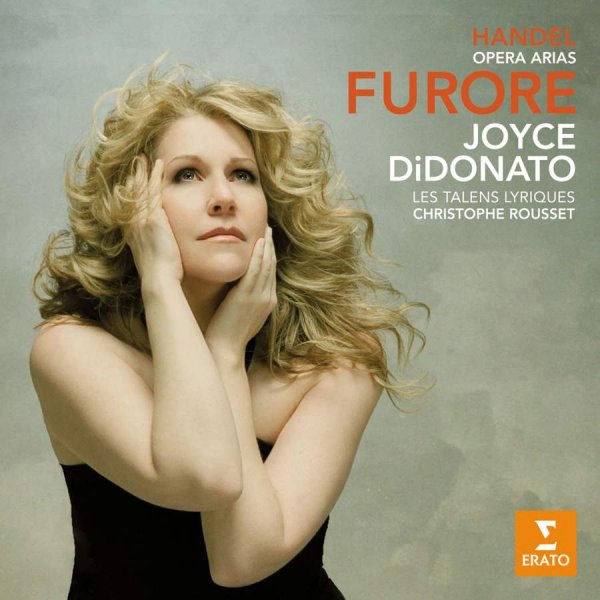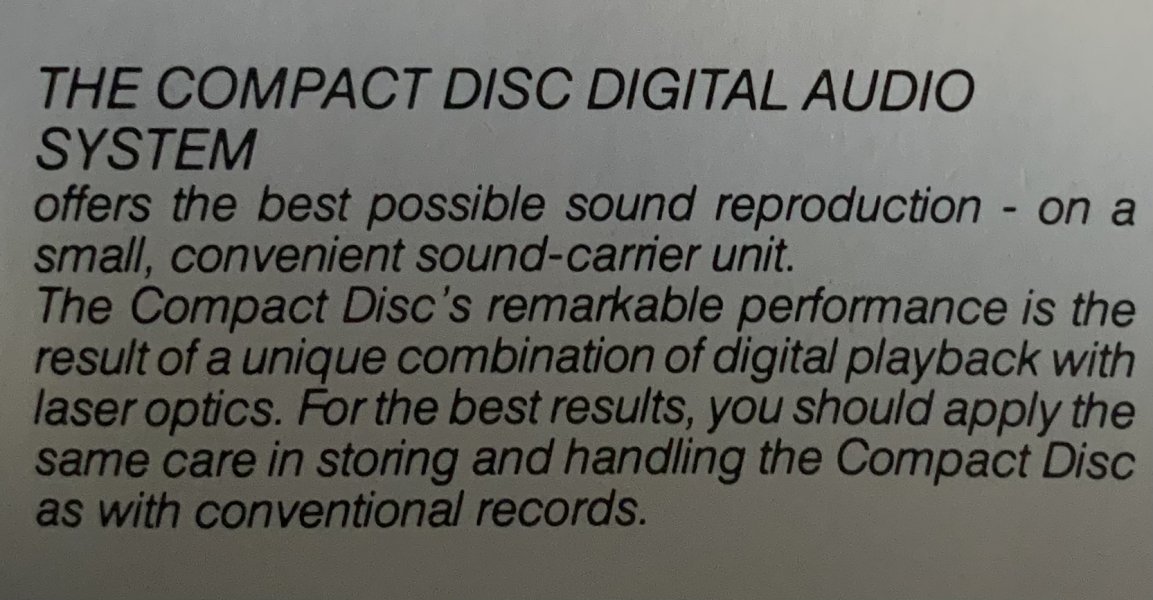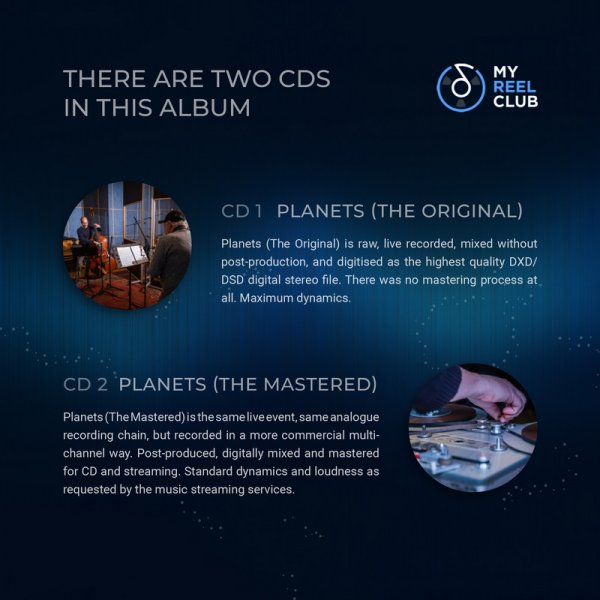I'd have gone with a second tier symphony orchestra followed by one of the best. Having both played in the latter's hall on following evenings.
Without much imagination one could level that playing field. It comes down to actual musical appreciation.
Despite broadcasting more noise. Today, there is a very good chance of my enjoying the second tier SO in this depiction transposed to digital.
Signs of actually being on stage, carrying over the energy, are wholly lacking from overproduced perfect top tier recordings today. Systems accommodate the composite choices of their era. I'm merely noting the trouble of reproducing the sound in vogue across multiple decades. As much as what resonates with any one person. Reading any further into this would be looking for confusion.
Rando, I think I understand what you are writing, and I think I agree with it. The set of values belonging to the designers of the gear in the recording engineers of a particular era are reflected in the products of that era. What we have in physical form from that time is a reflection of those values. Those values change over time, and seem different today than they were in the 50s and 60s, for example. Influences and goals and values matter in this process of creation. Listener values also matter later when those products are experienced.
Comparing state of the art approaches today in both recordings and gear can result in very different outcomes. And these outcomes are different from the state of the art systems and recordings from earlier eras.
They have just installed a mixing console in the orchestra section at Boston symphony hall eliminating a number of fairly good seats. As a fellow concert goer told me yesterday, things were just fine for 150 years, why change it?













